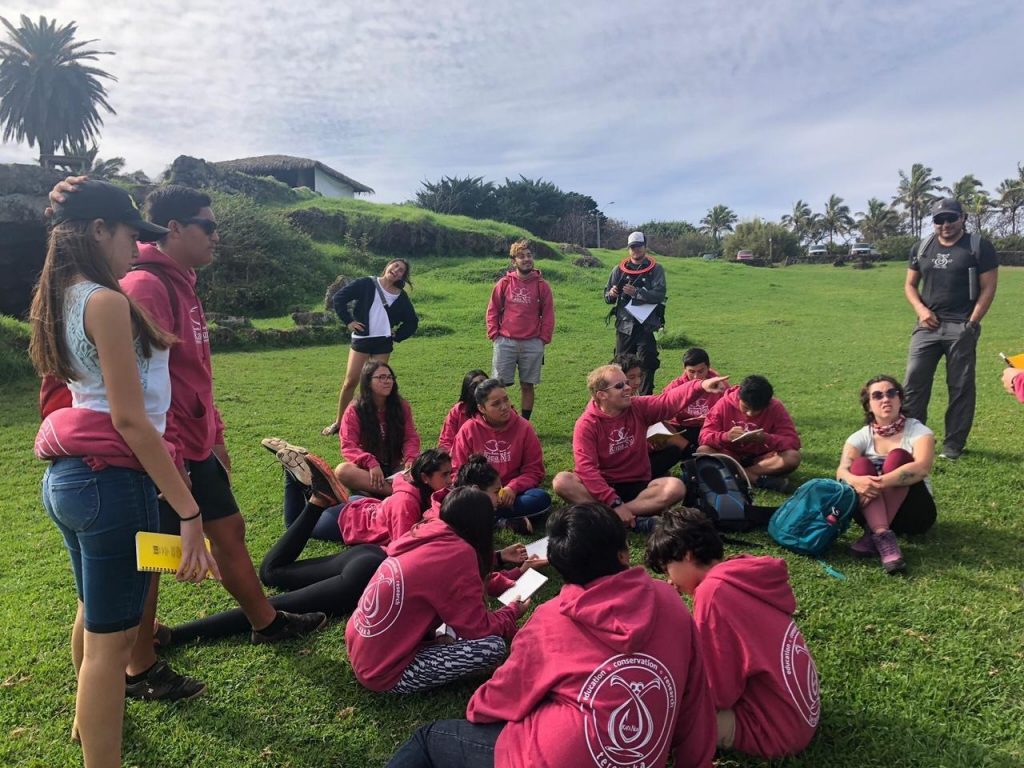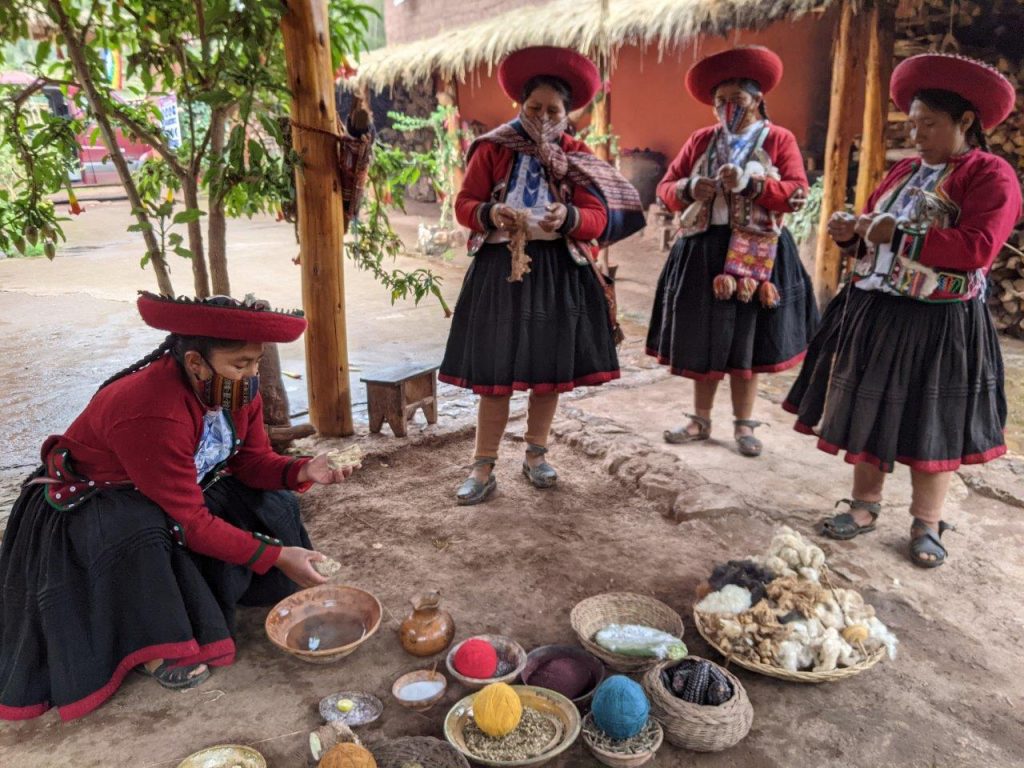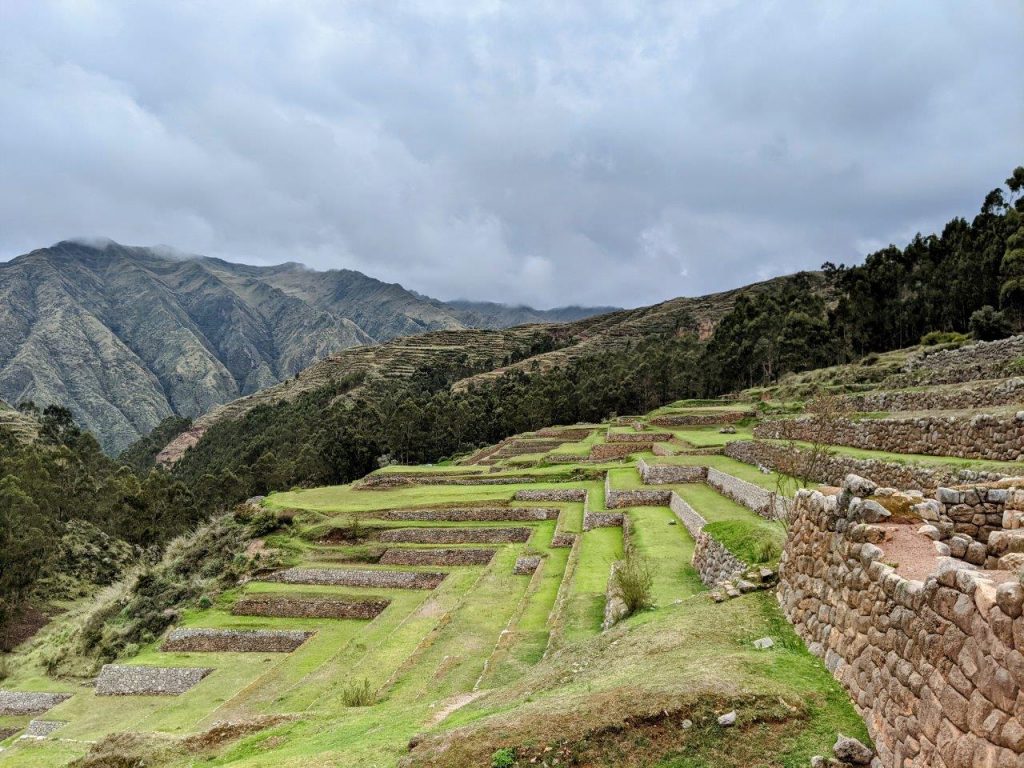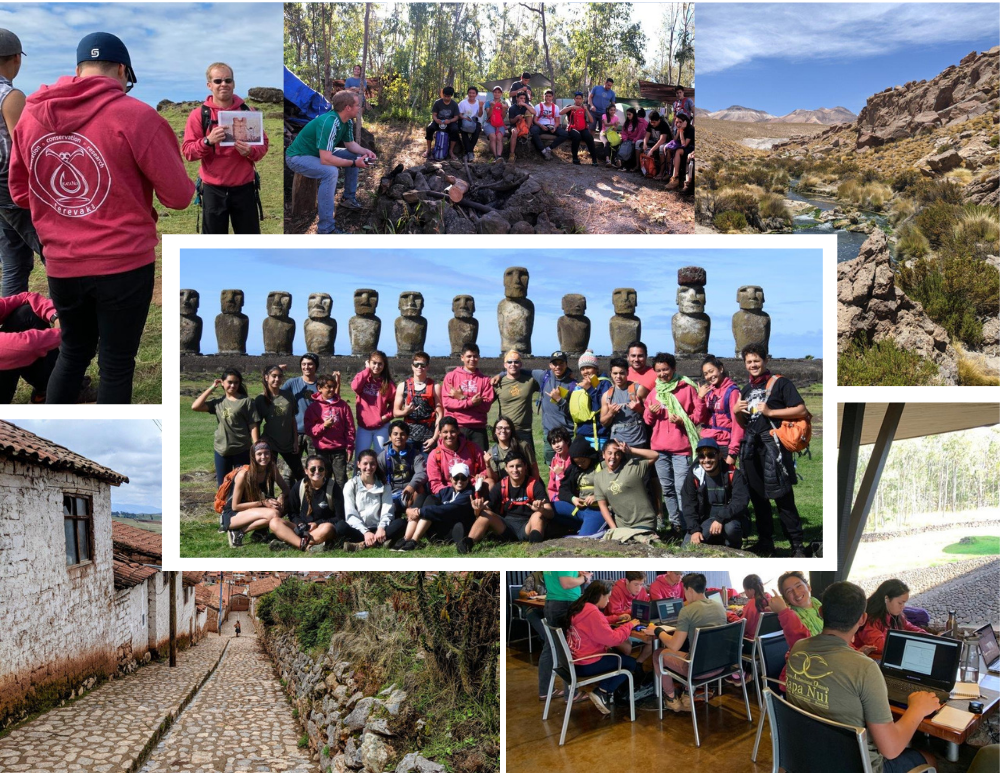There is no experience quite like your first moments in a foreign country—disoriented as to north and south, surrounded by signs and speech in an unfamiliar language, clutching a phone that doesn’t work and a passport that is suddenly your best friend and with all of your possessions strapped to your back.
It’s exhilarating, scary, exciting, confusing and unforgettable—the moment your world expands to include the whole world.
The Center for International Education at NAU gives close to 1,000 students that moment every year in its mission to create the global citizens needed in the increasingly global economy. Its latest program will continue that mission with a twist—sending students to small communities throughout South America to do hands-on service learning and anthropological research into the layers of archaeological history that make up this continent.
South America NAU, which is recruiting its inaugural cohort for the summer semester, is the brainchild of Britton Shepardson, a senior lecturer in the Department of Anthropology who has spent almost every summer since graduate school on Easter Island, and Angelina Palumbo, director of Education Abroad at NAU. As an archaeologist, Shepardson’s work has centered around community-oriented research and the evolution of human-environment interactions on this sparsely populated Pacific island, known in the native language as Rapa Nui, and the first class of students will spend their summer there as well.

While plenty of archaeologists make regular trips to Easter Island—it has more archaeology per square acre than Egypt or Peru—his research was different. It gave way to a non-profit program that prioritized education for local and indigenous high school students on the island over traditional archaeological research.
“What I witnessed in the world of archaeology on Easter Island in my first couple years there was so far from an exchange of equal value from what I saw, between what a gringo archaeologist could get from their time on the island to what the local community would get out of that experience,” he said. “More and more I’ve realized, in a place like Easter Island where probably more than 90 percent of the economy is based on tourism that primarily revolves around archaeology, that my knowledge can be very empowering for the local community.”
Every summer, up to 20 Rapa Nui high school students would sign up to participate in the experiential learning program in their own (metaphorical) backyard. His goals were to build a greater awareness of the island’s archaeological heritage, to help relay a better understanding of the island’s cultural evolution, and to approach modern obstacles in sustainable community development using the best of both traditional lifeways and modern technology.
Learn more about Shepardson’s work on Easter Island.
After a sabbatical year, in which Shepardson consulted with South American ecotourism company Explora about ways to expand his work, he returned to NAU with ideas to include more students in the project. Working with Palumbo, he created a program that allows students to do an internship or get work or research experience that will help prepare them for their chosen career. He envisions opportunities for students in Spanish; hospitality; geography, planning and recreation; anthropology; film; communication; and sustainability—but there’s plenty of room for a more focused experience for students of all majors. He also worked with Honors College Dean Kevin Gustafson to create a track for honors students.

“We’ve developed a number of pathways so students can pick up credits simply by being an active participant in this program,” he said. “We want to make this a very accessible program and get a different kind of demographic involved as well—we want to connect with students who might not normally get that kind of exposure.”
This is not your typical study abroad; instead of attending classes, they’ll be interning at Explora properties in a variety of hotel operations, thus allowing local staffers to participate in educational activities throughout the area and giving students an in-depth look at how a successful international business operation can maintain a firm commitment to sustainable development and community outreach. Students also will work in the field—and that field might be the Atacama Desert in Chile, the Sacred Valley in Peru or the moai fields on Easter Island. Instead of staying in dorms or with local families, they’ll be doing a lot of camping. Students won’t be exploring the big city; they’ll be exploring questions about climate change, sustainability, what being a global citizen entails in out-of-the-way villages where the past overlaps with the present.
NAU students will work with South American high school students to address topics in sustainable development most urgent to those rural locations; they’ll study resources like fresh water and why it’s so important to protect; they’ll consider the ecological and societal effects of tourism, create conservation plans and consider the issues that are affecting this part of the world.
It’s an educational experience that simply can’t be found in the familiar.
“With everything going on in the U.S., I’m more convinced than ever at how important perspective is,” Shepardson said. “I worry that fewer and fewer

young people are going to get any outside perspective on their own lives or cultures, and their experiences become more and more insular. We want students to experience things both on the international and local scale, we want students to have those unforgettable moments so they come home and see everything with that new perspective—so that a light bulb goes on and they see home in a different way.”
It’s in keeping with Education Abroad’s mission: to give NAU students the type of cultural and educational experiences they cannot get in a typical college class. International experience is increasingly necessary in the global economy.
“Education abroad is one of the best ways for students to gain interdisciplinary and intercultural skills,” Palumbo said. “It allows student to network, gain new academic perspectives and helps career readiness upon graduation. The Education Abroad office at NAU works with individual students to meet their academic, professional and personal goals. International experiences have become vital to compete in today’s global workforce.”
What to know about South America NAU
Who can participate?
Students from any major can apply. Shepardson said his goal is to provide a variety of opportunities so no matter what a student is studying, they will have experiences that benefit their education. It is geared toward undergraduate students, but interested graduate students should contact Shepardson to consider thesis options.
How do I pay for it?
Students will pay NAU tuition and fees as well as a program fee. Students can use their financial aid to pay for the program. The Honors College is offering scholarships for its students who are interested in participating.
When do applications open?
They’re open now! CIE is accepting applications for all of its open study abroad programs. The deadline for the summer program to Easter Island is March 15. Applications also are open for the Fall 2022 and Spring 2023 semester to the Sacred Valley, Atacama Desert and Easter Island; the fall deadline is April 1.
How long is the program?
The summer program is four weeks; students will spend the entire time at one site. This summer, it’s Easter Island. The fall and spring programs will last for 12 weeks and students will spend the time at two or three sites throughout South America.
I’m interested in this. How do I learn more?
Learn more about the summer program on Easter Island and the fall program throughout South America, or explore other Education Abroad opportunities to find the one that works for you.

Heidi Toth | NAU Communications
(928) 523-8737 | heidi.toth@nau.edu




